Any links to online stores should be assumed to be affiliates. The company or PR agency provides all or most review samples. They have no control over my content, and I provide my honest opinion.
While many affluent enthusiasts are migrating to OLED based TVs for your average consumer, they are a bit too pricey, even if the prices are dropping.
So, if like me, you can’t quite afford OLED, you may be curious about the different panels available within the LCD / LED range. In fact, most consumers probably won’t even know there are different types of panel.
In the PC gaming industry, it feels like everyone is familiar with the differences between IPS and TN based displays, with IPS being more expensive and offering better image reproduction but suffering from response times.
With the TV industry, you have 2 main options, IPS and VA which stand for In-Plane Switching or Vertical Alignment. They both do mostly the same thing which is to filter LED backlighting through their pixel designs and colour filters to create an image on your 4K TV. They just do the job in a different way. My title mentions PLS, and this is a third option, but it is fundamentally the same as an IPS display, but it has been developed by Samsung.
As I am sure you are aware, LCDs work by using liquid crystals in the little-coloured packets that form the pixels. These crystals react and change position when charged with electricity, and they block more or less light depending on their position.
IPS & VA technical differences
With an IPS display, the crystals in the display are aligned horizontally at all times. When charged, they only rotate to allow light out.
With a VA panel, the crystals aligned vertically. When they are charged, they move to a horizontal position allowing light through, similar to IPS.
Black Levels & Contrast
The alignment of the crystals is what produces one of the main difference between the two-panel technologies. When the VA panel has its crystals display vertically and much closer together, they block out the backlight much more efficiently than its IPS counterpart. This allows a VA panel to have deeper blacks and improve uniformity across the blacks.
In comparison with the IPS panel, you will suffer from the notorious backlight bleed – where the backlighting bleeds through the gaps creating a bit of a washed-out appearance. Deepening on the backlighting the effect of this will vary between TVs. Some high-end TVs offer local dimming (FALD), which means there are backlights across the entire back of the TV rather than around the edges, this significantly improves black levels and contrast. Unfortunately, local dimming is both rare and expensive.
The above factors also affect the contrast levels; if the light is bleeding out, then you can have the same level as contrast. Therefore, a VA panel will always have the advantage.
Colour Performance and HDR
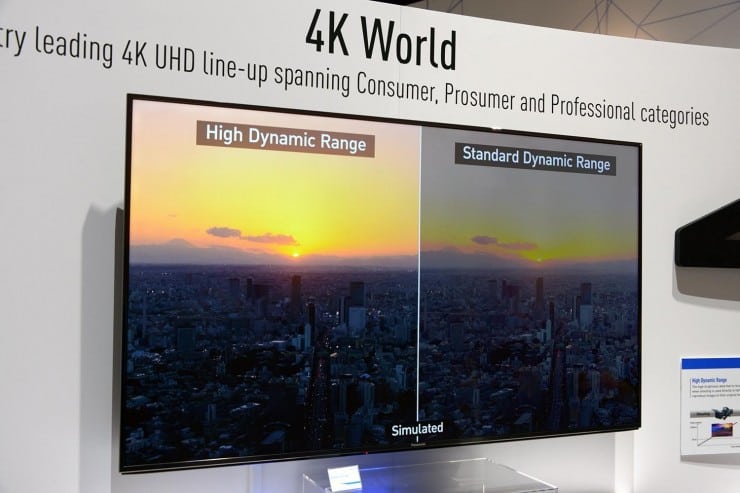
Now, 4K is the norm, manufacturers need to push new technology to make us upgrade, and this is HDR. I have covered the different HDR technologies in a previous post, but it basically means the TV can produce colours in a much great range than older models, though the media you are watching needs to be compatible. To achieve proper HDR, you need a 10-bit panel, which allows the TV to produce over 1-billion colour values.
Both technologies are cable of this, but due to the deeper blacks you find in a VA panel, the perception of colours will be greater in the VA option.
Peak Brightness & Ultra HD Premium
You may notice some TVs advertise Ultra HD Premium, and this is just a set of standards laid out by the UHD Alliance that a TV must conform to. This includes being 4K but also having 10-bit colour depth, BT.2020 colour space representation and HDR.
They also must be able to achieve either a 1000-nit peak brightness and less than 0.05 nits black level (to cater for the high brightness of LCD TVs), or a 540-nit peak brightness and less than 0.0005 nits black level.
Again, both panel options can do this but IPS models will struggle to achieve the first specification, the 2018 FX750B displays from Panasonic can only achieve a 600-nit peak brightness which isn’t very bright for a TV costing nearly £2k (65-inch model).
Viewing Angles
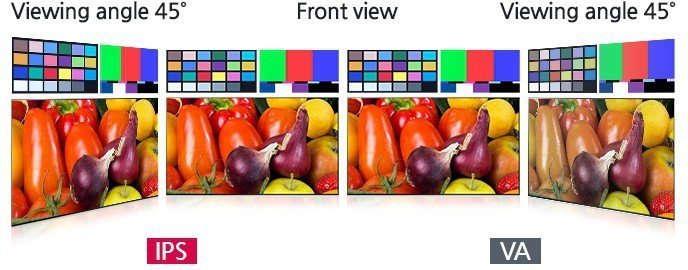
The vertical alignment of the VA panel is great for Blacks, but it restricts the viewing angles considerably compared to IPS models. They typically can only perform at their peak within 25% from being dead centre to the TV. It is likely that this is the reason why many manufacturers are moving away from VA to IPS, and wide viewing angles are more family friendly. A typical VA 4K TV model can manage native contrast ratios of 3500:1 at the very least, and in many cases deliver contrast ratios of 6000:1 or better, with a 4K IPS panel they often struggle to hit 1400:1.
With the IPS display, this angle is increased to 45-degrees and can still perform well beyond 50-degrees. This obviously works well in large rooms with lots of seats for family members.
Response Time
IPS panel usually has faster pixel response time than VA Panel. Pixel response Time itself means how quickly pixels can change colour. The impact is about motion blur when they are displaying fast motion images. This is quite a significant variable when it comes down to gaming or watching sports and is likely another reason why the trend is moving towards IPS based panels.
Overall
You can get a great TV using either technology and the and how well each panel performs is highly dependant on the manufacturer. A high-end IPS panel such as the Panasonic FX750B will still probably perform amazingly with black levels and contrast even though it is an IPS panel. Conversely, a cheap VA panel will often have poor performance across the board.
For the enthusiast looking for an affordable TV, the VA panel will provide a better viewing experience for movies, but with restricted viewing angles. So these are best in a room you dedicate to movies, rather than the family room.
With the popularity of sports and console gaming, along with wide viewing angles, the IPS option is more suitable for the majority of people, and this is why we are seeing them used more often in models from budget to high end. In general, they will perform more than adequately for everyone apart from the most discerning user.
Unfortunately, the choice of panel display is often out of our hands; nearly all TVs uses IPS now unless you go up to OLED. It is also not always clear what panel is used, with some models they will use VA and IPS for the same range but in different sizes. In the UK from what I can tell the only VA option will be the Sony XF90 series which also has Direct (FALD) with local dimming in 60 zones, this should mean you get exceptional black levels. It is quite expensive though with the 55″ model costs £1700 which is around £400 more than the VA panel used in the Panasonic TX-55FX750B
I am James, a UK-based tech enthusiast and the Editor and Owner of Mighty Gadget, which I’ve proudly run since 2007. Passionate about all things technology, my expertise spans from computers and networking to mobile, wearables, and smart home devices.
As a fitness fanatic who loves running and cycling, I also have a keen interest in fitness-related technology, and I take every opportunity to cover this niche on my blog. My diverse interests allow me to bring a unique perspective to tech blogging, merging lifestyle, fitness, and the latest tech trends.
In my academic pursuits, I earned a BSc in Information Systems Design from UCLAN, before advancing my learning with a Master’s Degree in Computing. This advanced study also included Cisco CCNA accreditation, further demonstrating my commitment to understanding and staying ahead of the technology curve.
I’m proud to share that Vuelio has consistently ranked Mighty Gadget as one of the top technology blogs in the UK. With my dedication to technology and drive to share my insights, I aim to continue providing my readers with engaging and informative content.

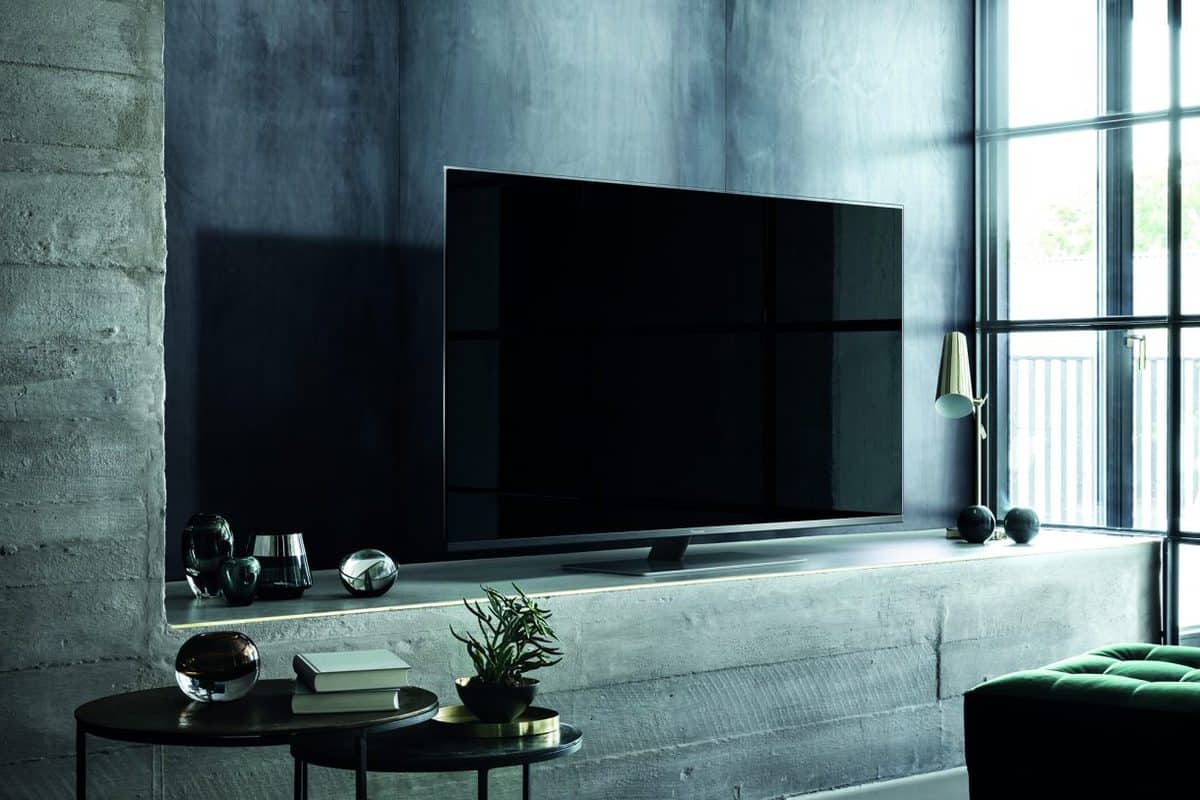
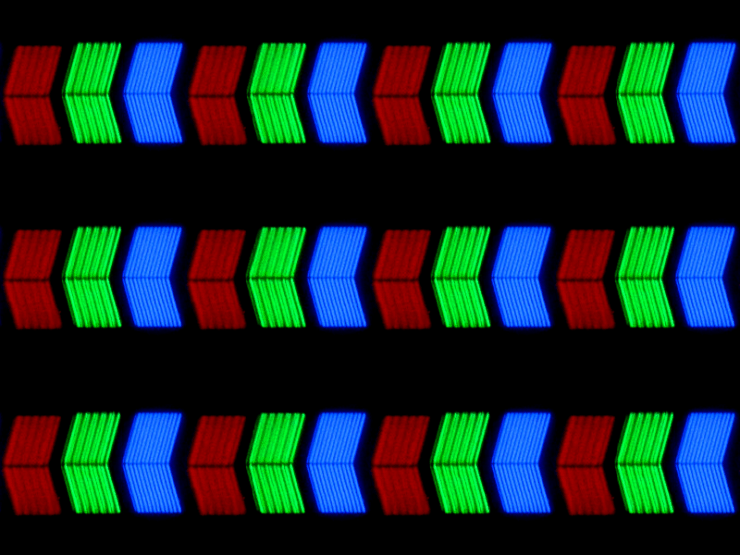
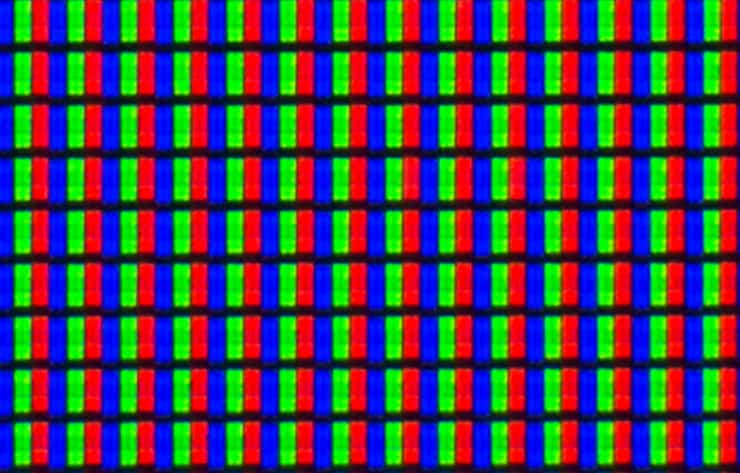
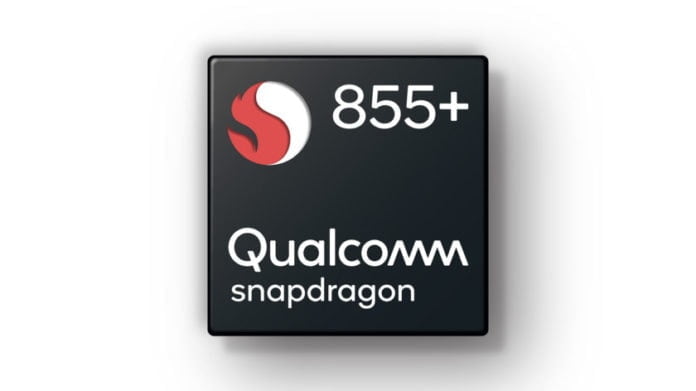
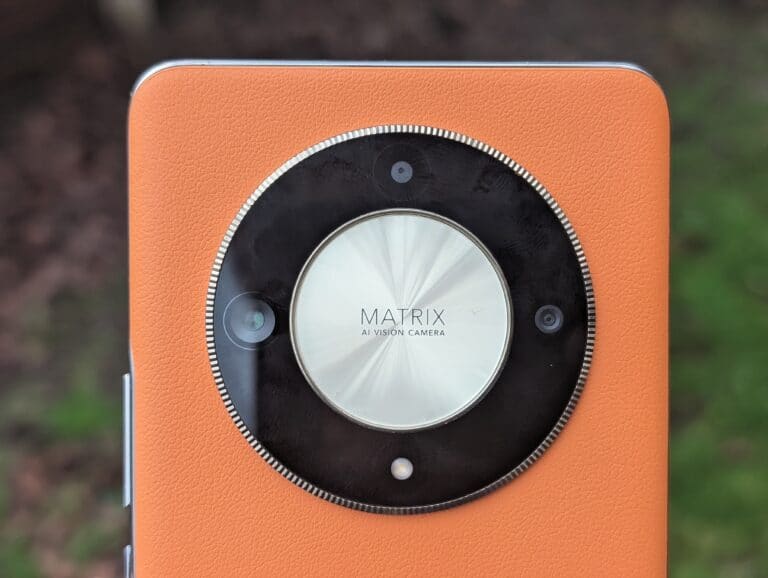


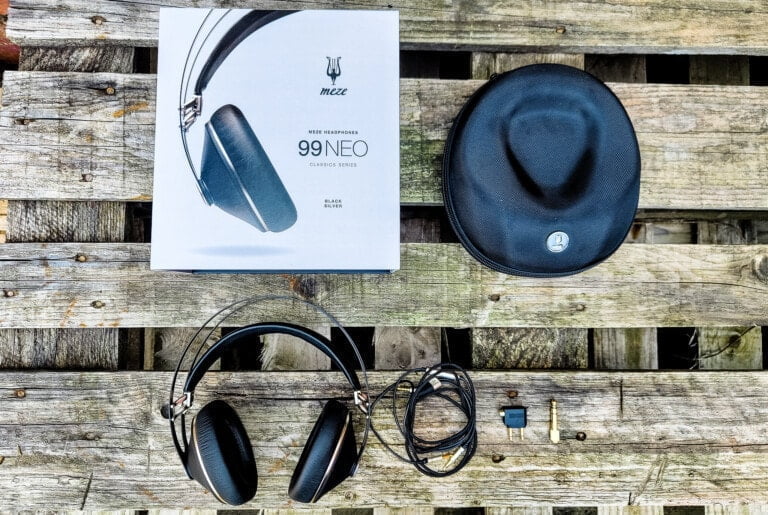
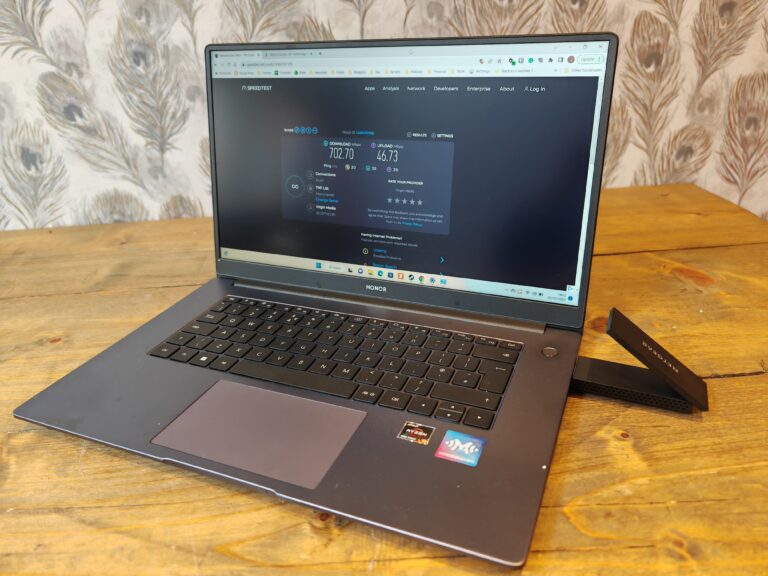
I believe Hisense H65N6800 is a VA panel. It certainly is an exceptional TV especially for under £900 for a 65″ 4k tv
Good call. Hisense is a consideration for me at the moment, sub £1k means I could consider upgrading again in 2-3 years when OLED should be more affordable.